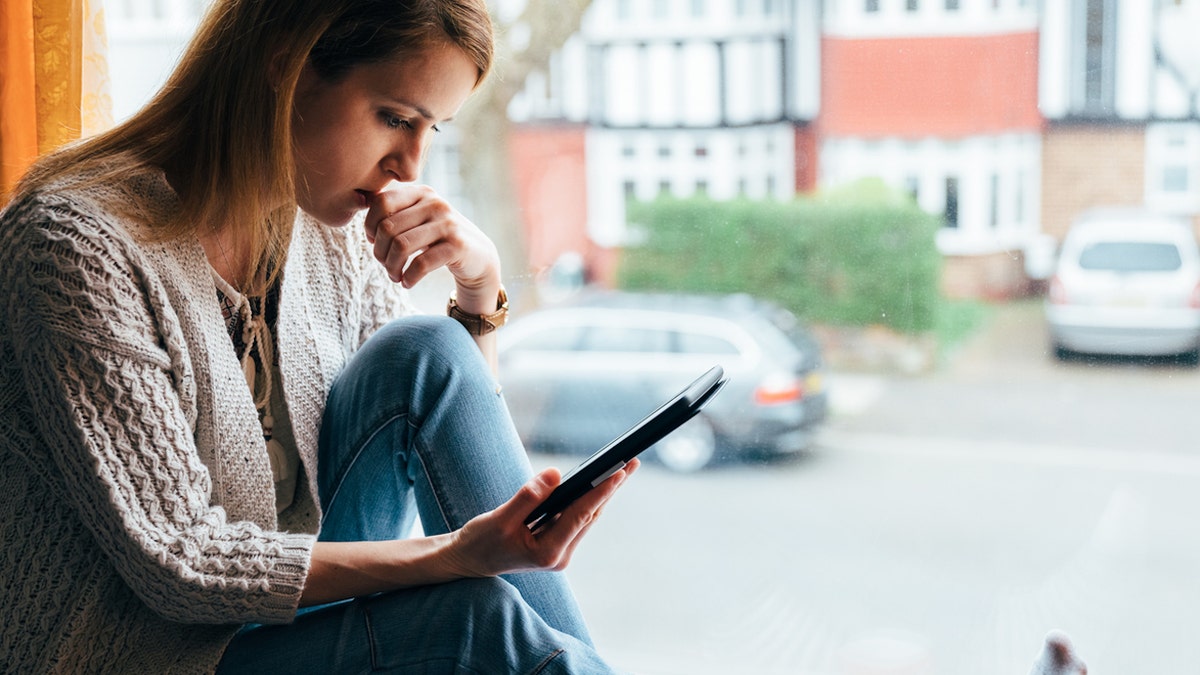Health care systems use AI to fight hack attacks
Fox News’ Eben Brown reports on the health care industry beefing up its defenses after cyberattacks.
Imagine you rush to the emergency room, but after five hours, they tell you to find another hospital.
Or you check in at your specialist’s office for a chronic condition, only to find they have no access to your entire medical history. Both of these scenarios happened.
The cyberattack on one of the largest health systems in the U.S., Ascension, was bad — really bad. Before you say, "Another data breach? So what, Kim?" know that having your records sold on the dark web is the least of your worries.
I’M A TECH EXPERT AND YOU NEED TO MAKE THESE TECH CHANGES NOW BEFORE IT’S TOO LATE
Code red
The hack on Ascension sent its 140 hospitals and 40 senior centers into full-blown chaos. It took down patient record systems and medication prescribing systems, forcing doctors and nurses to rely on paper charts and handwritten records to keep things running.
One patient, Zackery Lopez, checked himself in at an Ascension-run hospital in Southfield, Michigan. He was suffering from internal bleeding and thought his cancer had returned. Zackery waited a grueling seven hours before a nurse could help him. As he waited, he saw patients checking themselves out.

Dr. Alia Broman, right, examines a 6-year-old patient at Denver Health in Denver, Colo., April 25, 2024. (Hyoung Chang/The Denver Post)
Keep your health records safe
When hospital systems get hacked, it’s a matter of life and death. And it’s happening more and more often. Keeping physical records sounds old school, but if digital systems go down, it could save your life.
- Start with a list. Make a list of all your meds, including dosages and names, and keep both digital and physical copies. Store a physical copy in your purse or wallet if you’re in treatment or in case of emergency.
I also recommend compiling your full medical records and having a printed copy on hand. If you have an iPhone, you can sync them to your Health app:
7 WAYS TO STOP PAYING SO MUCH ON STREAMING EVERY DANG MONTH
Add your health records
- Open the Health app on your iPhone or iPad.
- If you're on your iPhone, tap the Summary tab, then your profile picture in the upper-right corner. On iPad, tap Profile in the upper-left corner.
- Scroll down to Features > Health Records > Get Started.
- Search for your hospital or network, then tap it. FYI: It’ll ask you to add location services to find hospitals and health networks near you, but you don’t have to enable it to search.
- Under Available to Connect, choose Connect Account. Sign in to your health care provider's website or app.
- Wait for your records to update. It might take a minute for your information to appear.
- Repeat these steps for each supported provider. Start by going to Features, then tap Add Account.

Woman at home feeling worried after checking COVID-19 symptoms online (iStock)
View your health records
- Open the Health app on your iPhone or iPad.
- If you're on your iPhone, tap Browse. On iPad, open the sidebar.
- Under Health Records, tap a category.
- Tap an item to see more information about it.
I have medical reporting dating back to 2012 in my account, and it's a 66-page PDF! Yes, you really do want that much detail.
SMARTPHONE TRICKS EVERY IPHONE AND ANDROID USER SHOULD KNOW
Use an Android?
Unfortunately, Google doesn’t have a built-in health app equivalent. That doesn’t mean you’re out of luck.
Lots of folks like the free, privacy-friendly CommonHealth app. It’s from the nonprofit organization The Commons Project Foundation and connects with 15,000 health providers.

A doctor showing a patient the results of her medical tests. (iStock)
Most of the options in the Play Store include some kind of data collection, but not this one. Data is stored on your device online, and the developers say it won’t be sold, shared or used for marketing.
CLICK HERE TO GET THE FOX NEWS APP
Get tech-smarter on your schedule
Award-winning host Kim Komando is your secret weapon for navigating tech.
- National radio: Airing on 500+ stations across the US — Find yours
- Daily newsletter: 5-minute tech updates delivered to your inbox (free!)
- Watch: On Kim’s YouTube channel
- Podcast: "Kim Komando Today" - Listen wherever you get podcasts
- Check out a recent episode: AI is watching you shop

